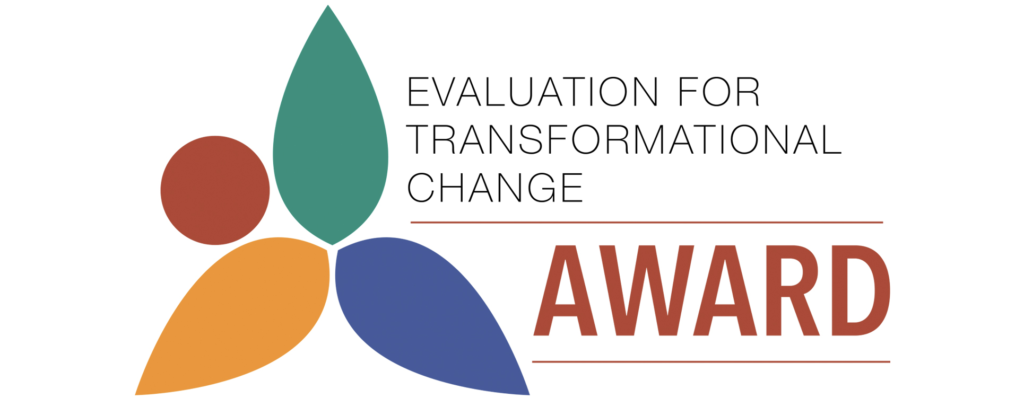Why is it necessary?
There is no doubt that society and ecosystems are being adversely impacted by climate change – average temperature is rising, extreme weather and other unpleasant conditions and climate risks are altering the way nature operates and endangering human lives and infrastructure. Even if the mitigation efforts are successful and in line with the Paris Agreement, it will take a long time to heal our climate and circumvent the impacts. Therefore, it becomes rational to devise measures to protect people, livelihoods, and ecosystems – adaptation, and strengthen their resilience against climate risks
How is it defined?
United Nations Framework Convention on Climate Change (UNFCCC) defines adaptation as “adjustments in ecological, social, or economic systems in response to actual or expected climatic stimuli and their effects or impacts. It refers to changes in processes, practices, and structures to moderate potential damages or to benefit from opportunities associated with climate change.”
Countries and communities need to develop adaptation solutions and implement actions to respond to the impacts of climate change that are already happening, as well as prepare for future impacts, UNFCCC adds.
What can be done?
Adaptation to the impacts of climate change needs to be implemented at various levels – national, regional and even to the very nucleus of the society as well as across sectors of the economy.
Notably, since the challenges of climate change are local, so should be the strategies to cope with them. The following are some common methods of climate change adaptation:
– building flood defenses,
– setting up early warning systems for cyclones,
– switching to drought-resistant crops,
– redesigning communication systems, business operations, and government policies, and so on.
UNFCCC also emphasize on the need to follow an adaptation approach that is country-driven, gender-responsive, participatory and fully transparent, with primary consideration given to vulnerable groups, communities and ecosystems. In addition, the approach should embody best available science, appropriate traditional knowledge, knowledge of indigenous peoples and local knowledge systems, with a view to integrate adaptation into relevant socioeconomic and environmental policies and actions.
For more details on adaptation see: https://unfccc.int/adaptation/items/4159.php


